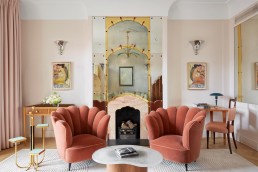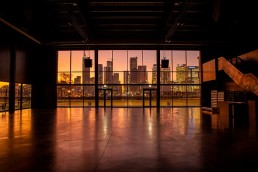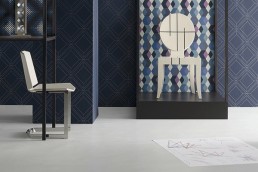As domestic travel restrictions ease, the capital’s hotels unveil the results of their lockdown makeovers, ranging from new spas and suites to full refurbishments.
Out of adversity comes opportunity, as the saying goes; it’s a quote that has been applied to all manner of situations over the years, but never has it seemed so apt as when describing London’s current inventory of hotels. The adversity, of course, needs no introduction, and given the hardships businesses have faced over the past 18 months, the priority has been about little more than survival. Many however, have seized the opportunity to pause and take stock, using pandemic-enforced closures to reassess their offer and develop new concepts. Some have brought forward planned refurbishments, while others have refreshed their spas, suites, restaurants or events facilities, and though the pandemic has brought about necessary change in some spaces, the overwhelming majority of upgrades have been largely opportunistic.
Despite setbacks, there’s been plenty of brand-new additions too. As well as those featured in this and previous issues of Sleeper – The Mayfair Townhouse by Goddard Littlefair, Bermonds Locke by Holloway Li and debuts from Ruby Hotels and Barry Sternlicht’s Treehouse to name but a few – recent openings span the capital. NYX, a lifestyle brand from Leonardo Hotels, made its UK debut in Holborn, with interiors by Garuda Design celebrating the vibrancy of the city. And Shiva Hotels was behind two new additions, Middle Eight in Covent Garden and The Guardsman in Buckingham Gate, the latter designed by Dexter Moren and Tonik Associates.
Given that travellers tend to gravitate towards the shiny new hotels over those that have been in operation for a few years, existing properties have been upping their game too.
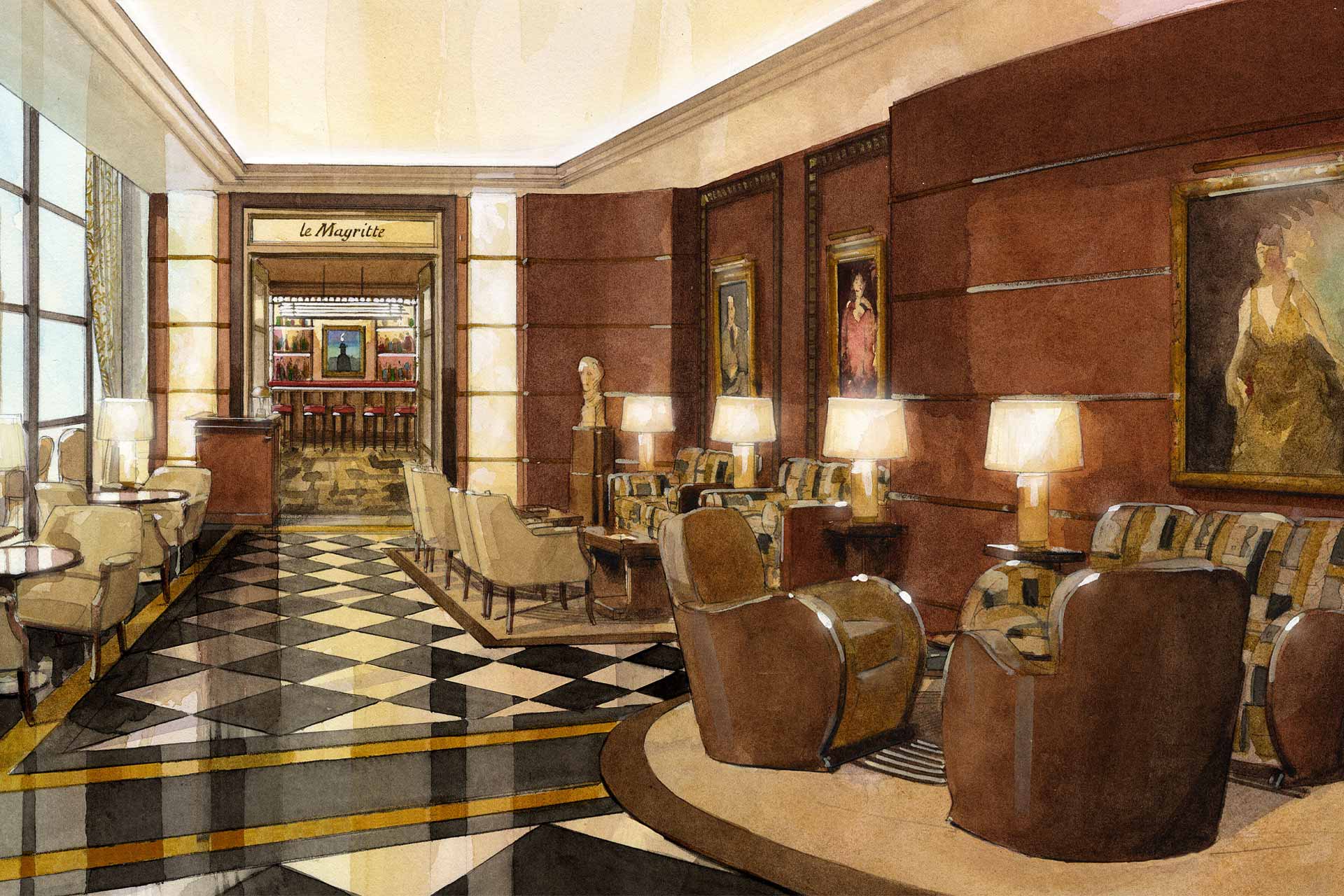
TIMELY TRANSFORMATIONS
Last September, The Beaumont announced it was taking the opportunity to start work on some long-planned improvements, including a 25-room extension in a warehouse building behind the existing property. Now, the first phase of upgrades has been unveiled. Along with a brand new bar, lounge and al fresco dining terrace, The Beaumont’s sleek Art Deco interiors have been rethought and refreshed by New York-based designer Thierry Despont and London-based architects Reardon Smith.
Over in Knightsbridge, The Carlton Tower Jumeirah has undergone the most extensive makeover in its history at a cost of over £100 million. Overseen by 1508 London, every space has been redesigned, with key changes being a new health club and spa, and a reduced keycount to make way for larger guestrooms and suites.
The former Le Méridien Piccadilly meanwhile reopened as The Dilly, with owners Archer Hotel Capital stating that this year has “given us an opportunity to re-focus” and subsequently opted to operate independently under a management contract with Axiom Hospitality. And what’s a new name without a new look to match? Dating back to 1908, the property has refreshed its exterior, entrance and lobby as well the first phase of its guestrooms.
Also ready in time for the easing of restrictions, London Marriott Hotel Kensington has completed a multi-million-pound refurbishment designed by Anita Rosato, and on a greater scale, Hilton London Metropole – the largest Hilton outside of the US – is close to completion on a top-to-bottom refurbishment that will radically elevate the guest experience. The project will see all 1,096 guestrooms and suites revitalised, the four restaurants and bars reimagined with new dining and drinking concepts, and extensive renovations to the 35 event spaces, meaning no corner will be left unchanged.
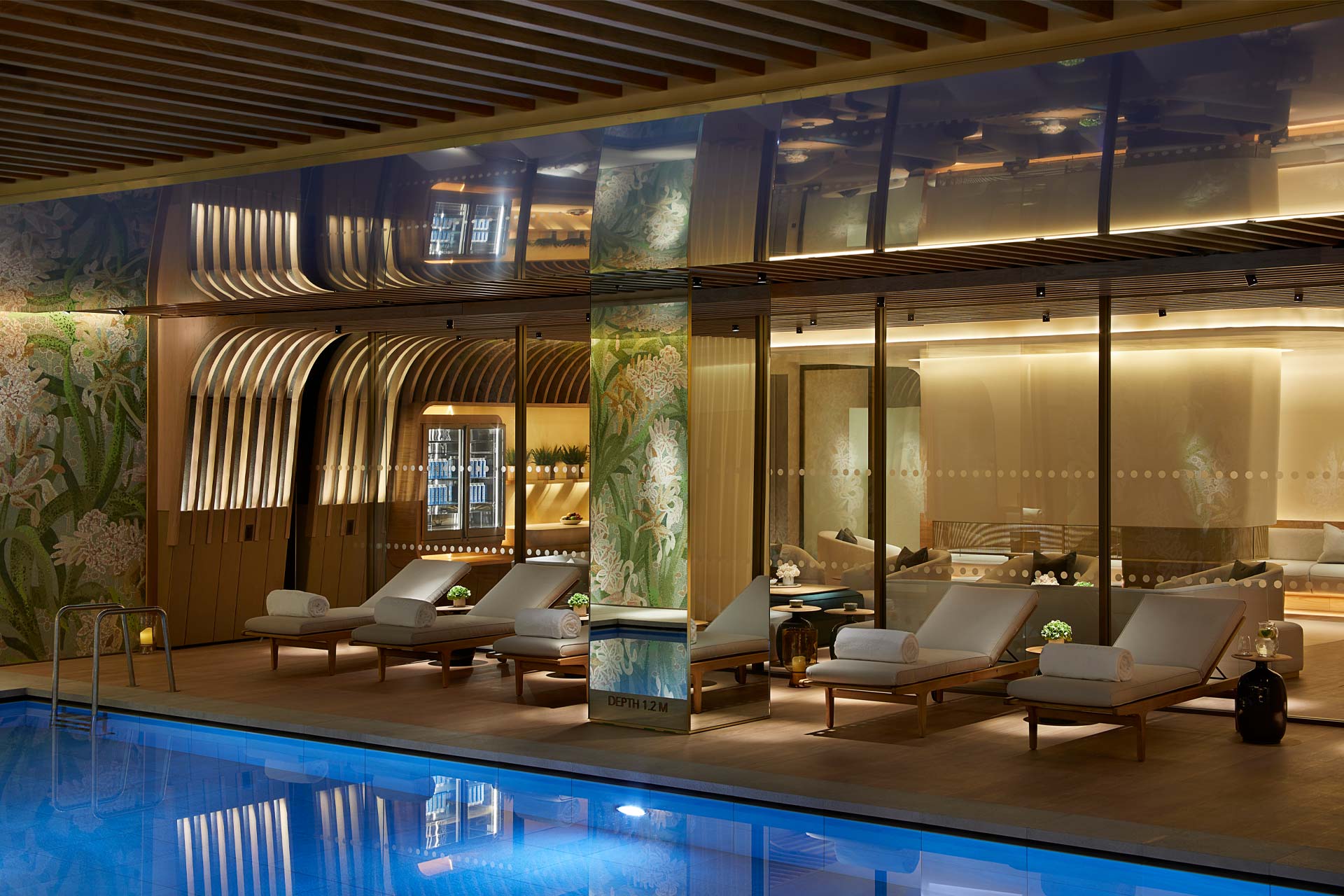
BUSTLE TO BLISS
Other London hotels have been investing in individual facilities to meet the needs of a changing society. At the onset of the pandemic, it became clear that people in better shape were less likely to suffer complications or succumb to the disease, and as a result, there’s been increased focus on health and wellbeing – a market that was already on the rise and is only set to grow. Far from being about a little exercise and the provision of a gym or swimming pool, the sector takes into account all aspects of self-care, from physical fitness and mental wellbeing to clean eating and relaxation. Hotels around the world have been enhancing their offer, adding dedicated meditation and yoga studios, developing personalised eating plans, designing vast spas with a whole host of water-based therapies, and more recently, creating treatments that boost immunity. In London, some hotels are offering staycation packages that combine city break with a sense of escape, while others have been rethinking their spaces. Dorchester Collection’s 45 Park Lane in Mayfair for example has launched a new spa experience centred around Mother Nature. Designed by Paris-based studio Jouin Manku, the 10,000ft2 wellness space references flora by way of traditional Roman-style mosaics from Venetian artisans, while natural timbers and light-coloured stone usher in calm and tranquility. There’s a 20m swimming pool, a gym, spa treatments by Valmont and Aromatherapy Associates and a relaxation lounge, the latter allowing guests to unwind around an open fire and dine on healthy dishes by the hotel’s Executive Chef.
Also tapping into the growing demand for wellness facilities is Pan Pacific London, which is set to unveil an entire wellness floor when it opens in September. Designed by Yabu Pushelberg, the 1,083m2 space features an infinity pool with views over the city, a mindfulness studio, individual relaxation pods and a high-performance interactive gym developed in partnership with TecnoBody. Thought to be the most technologically advanced gym in the UK, the combination of future-proof equipment, virtual reality training guidance and digital gesture analysis will provide guests with an in-depth understanding of their body.
SUITE DREAMS
The desire for privacy has also been propelled into the spotlight by the events of late, with guests seeking out self-contained spaces as a way to limit mixing with others while still benefitting from the facilities and services of a luxury hotel. Through lockdown, a number of London hotels have been revamping their suites in a bid to create sanctuaries that feel more like home. Claridge’s has recently unveiled two new suites (see headline image) designed by Bryan O’Sullivan Studio, one a contemporary homage to the Art Deco era, the second inspired by the hotel’s Victorian architectural features.
Elsewhere, The Doyle Collection’s The Kensington has spruced up a number of its suites with the help of local studio Timothy Mather Design. And, in celebration of its 50th anniversary, Four Seasons Park Lane enlisted Pierre-Yves Rochon to bring a contemporary residential feel to its Hyde Park Suite, and Tara Bernerd to remodel the superior and deluxe rooms, where a reconfigured layout maximises the floorplan and the selection of lighter colours and materials creates a more spacious feel.
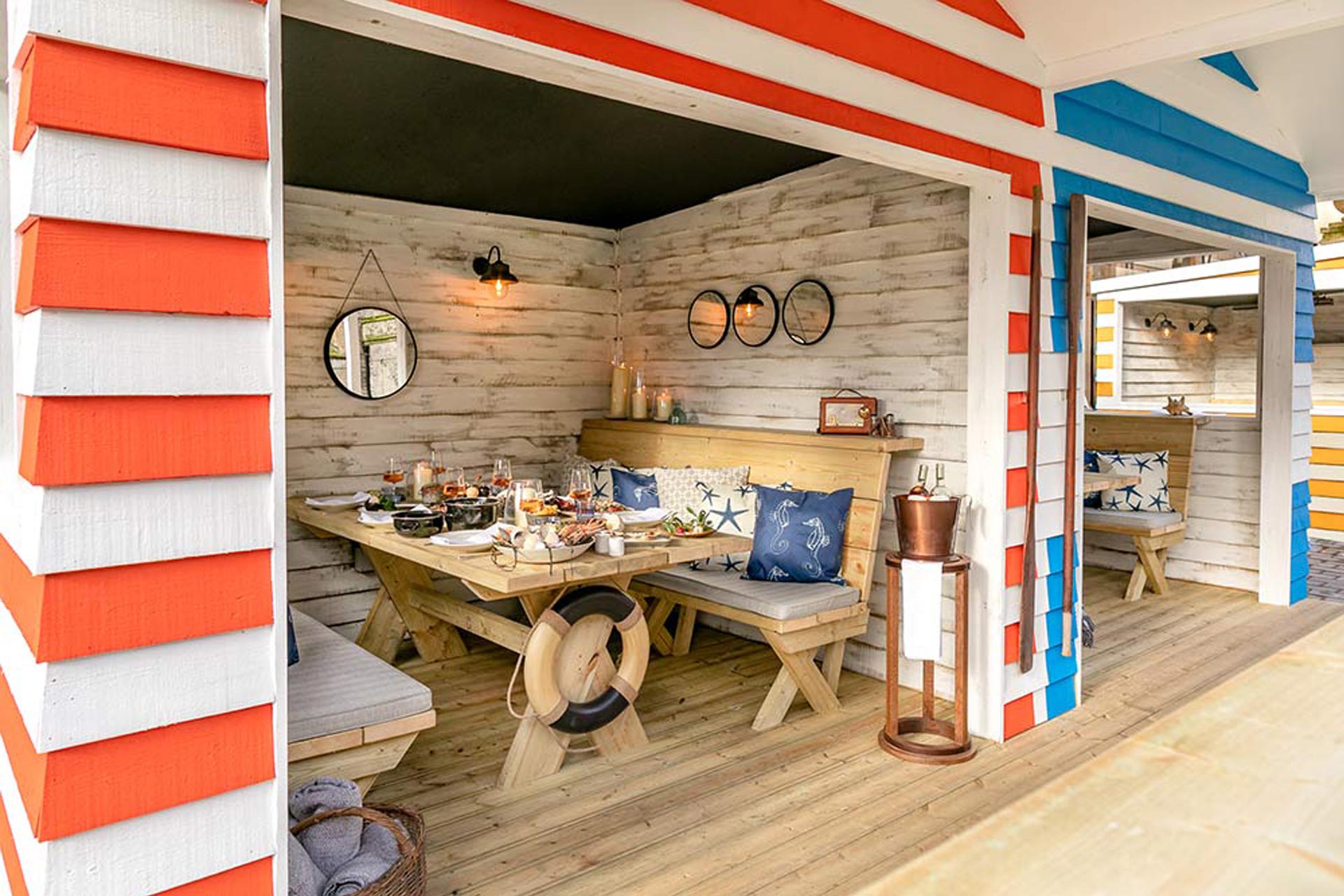
AL FRESCO APPETITES
When scientists found that the risk of transmission was far lower for outdoor spaces, it opened up new possibilities for a return to business. Had this been Spain or the South of France, it might have been a case of giving the existing patio a quick scrub, but given that the UK doesn’t exactly enjoy the same balmy climate, restaurants with outdoor space aren’t so common, particularly in hotels. Those who did want to reopen would have to re-evaluate and adapt, leading to a host of new dining experiences in the great outdoors.
For hotels that were already running outdoor venues, the pandemic was an opportunity to refresh. At The Langham, an existing terrace at The Wigmore has been connected the hotel’s courtyard garden to form one large outdoor dining area, furnished with wooden benches, fairy lights and a pergola adorned with climbing vines and hanging baskets. And should the British weather take a turn for the worse, there’s heat lamps and covered areas to escape the rain. Also taking the opportunity to introduce a new look is Sea Containers, which has relaunched its terrace in partnership with Laurent-Perrier. The venture takes inspiration from the hotel’s newly launched Hedgerow by Agua skincare and ingredients line, and sees a plant-filled oasis featuring native woodland trees, ferns and shrubs combine with soft furnishings in shades of gold and rose to reflect the champagne varieties on offer.
Elsewhere, The Standard introduced an open-air bar inspired by the US-based group’s Manhattan outpost; The Café Biltmore Restaurant & Terrace by Jason Atherton, located within The Biltmore Mayfair, unveiled a new extended terrace; and The Dorchester launched a rooftop restaurant and bar – the first in its 90-year history – adding to the hotel’s Terrace & Garden on the forecourt. Around the corner, The Berkeley is celebrating the Great British staycation with the launch of The Beach Huts. The seaside-inspired terrace features five rainbow-coloured huts, each decorated in a coastal style with nautical references.
Another hotel group taking its al fresco offer to new heights is The Hoxton, which has teamed up with Soho House to open Maya, a Mexican restaurant on the rooftop of its Shoreditch property. Having started life as a pop-up at Soho House West Hollywood, the concept went on to hold residencies across Europe, before taking a permanent spot at The Hoxton. Designed by the Soho House team, the indoor-outdoor space is inspired by both the original outpost and its East London setting, and pairs tropical plantlife with industrial finishes.
Perhaps one of the most creative adaptations however was at The Savoy, where the iconic forecourt – usually taken up by taxis dropping off overnight guests – was transformed into Solas, a pop-up restaurant and bar developed in partnership with Bowmore Islay Malt Scotch Whisky. Blending the heritage of Bowmore and the Art Deco and Edwardian style of The Savoy, the venue has been designed by Meredith Collective and features a centrepiece chandelier made from shards of crystal, decanters and stoppers.
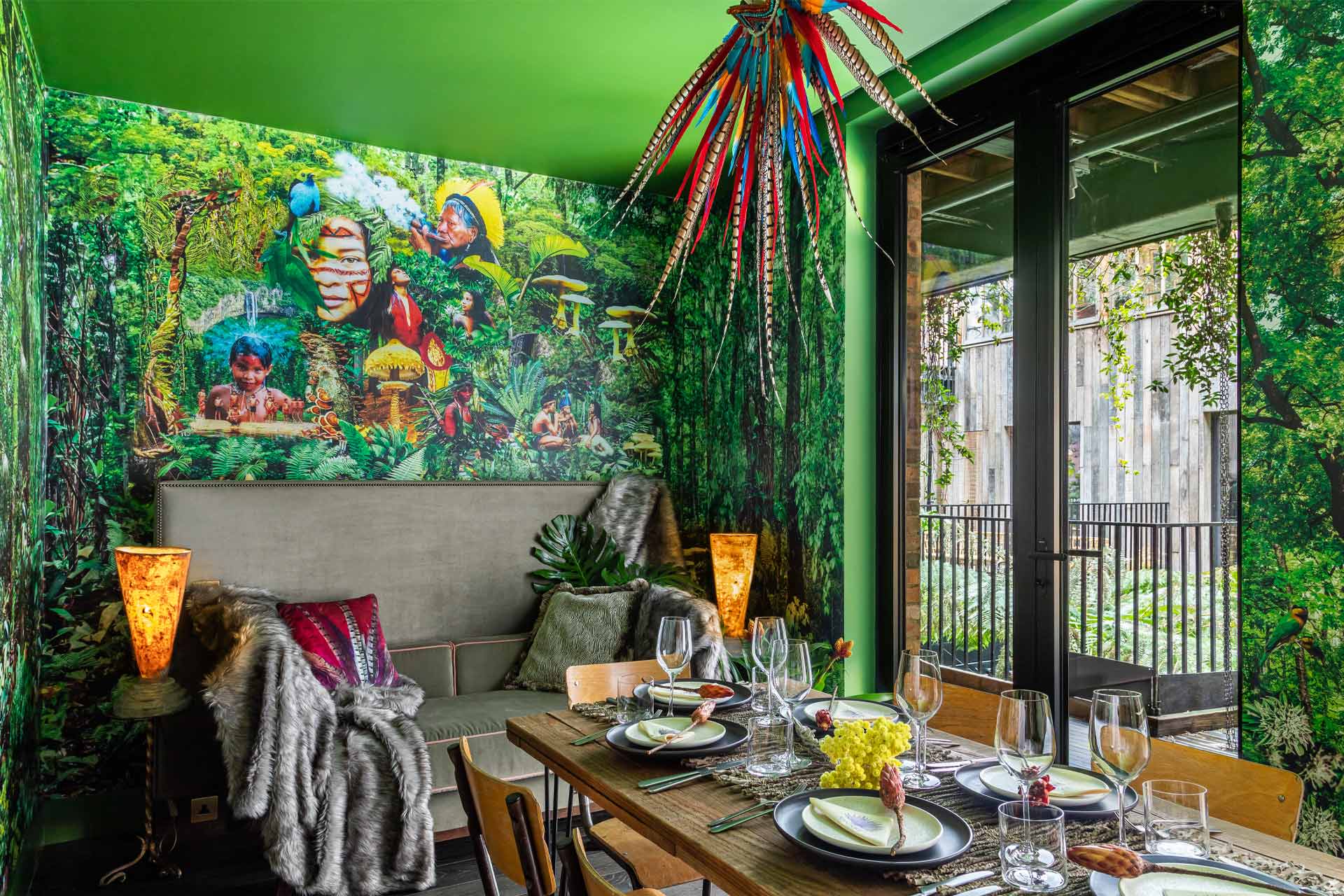
DESTINATION DINING
It’s not only outdoor dining that has had a new lease of life, a number of operators have used temporary closures to come up with new concepts and refresh their existing restaurants and bars. A reluctance to install unsightly plastic screens between tables has resulted in a variety of smart solutions to keep diners safe; some have built extensions to increase capacity, while others have future-proofed their spaces with the likes of semi-enclosed booths or the installation of design-led room dividers should social distancing be here to stay.
Enhancing its private dining facilities, The Mandrake introduced a series of cabanas, each individually designed by artists selected by hotel owner Rami Fustok. And at The Hoxton Holborn, Ennismore Design Studio led a substantial redesign of the ground floor, which included extending the lobby to incorporate a new coffee bar, and the addition of a restaurant, Rondo.
With operators looking for ways to lure back diners, refurbishments and collaborations with star chefs are picking up pace too. The newly refurbished Page8 for example launched Bisushima, a contemporary Japanese restaurant developed by chef and restauranteur Sergey Men. Also expanding its F&B offer is The Connaught, which opened a standalone patisserie to the side of the main hotel. It’s design, by Ab Rogers, is sure to garner as much attention as the delicacies on offer, with an elegant soft blush scheme.
And in a bid to attract new diners, Conrad St James is investing £1.75million into creating four new F&B concepts all operating under Consultant Chef Sally Abé’s guidance. Earlier this year the hotel opened The Blue Boar Pub, followed by The Pem, a new restaurant featuring a rosy-hued Art Deco design. Abé isn’t the only Michelin-starred chef setting their sights on London post-lockdown. This September, Niklas Ekstedt will open his first restaurant outside of Stockholm, which will form part of Great Scotland Yard Hotel. A first for the UK, the new flagship restaurant will focus on Scandinavian cooking techniques using seasonal British ingredients.
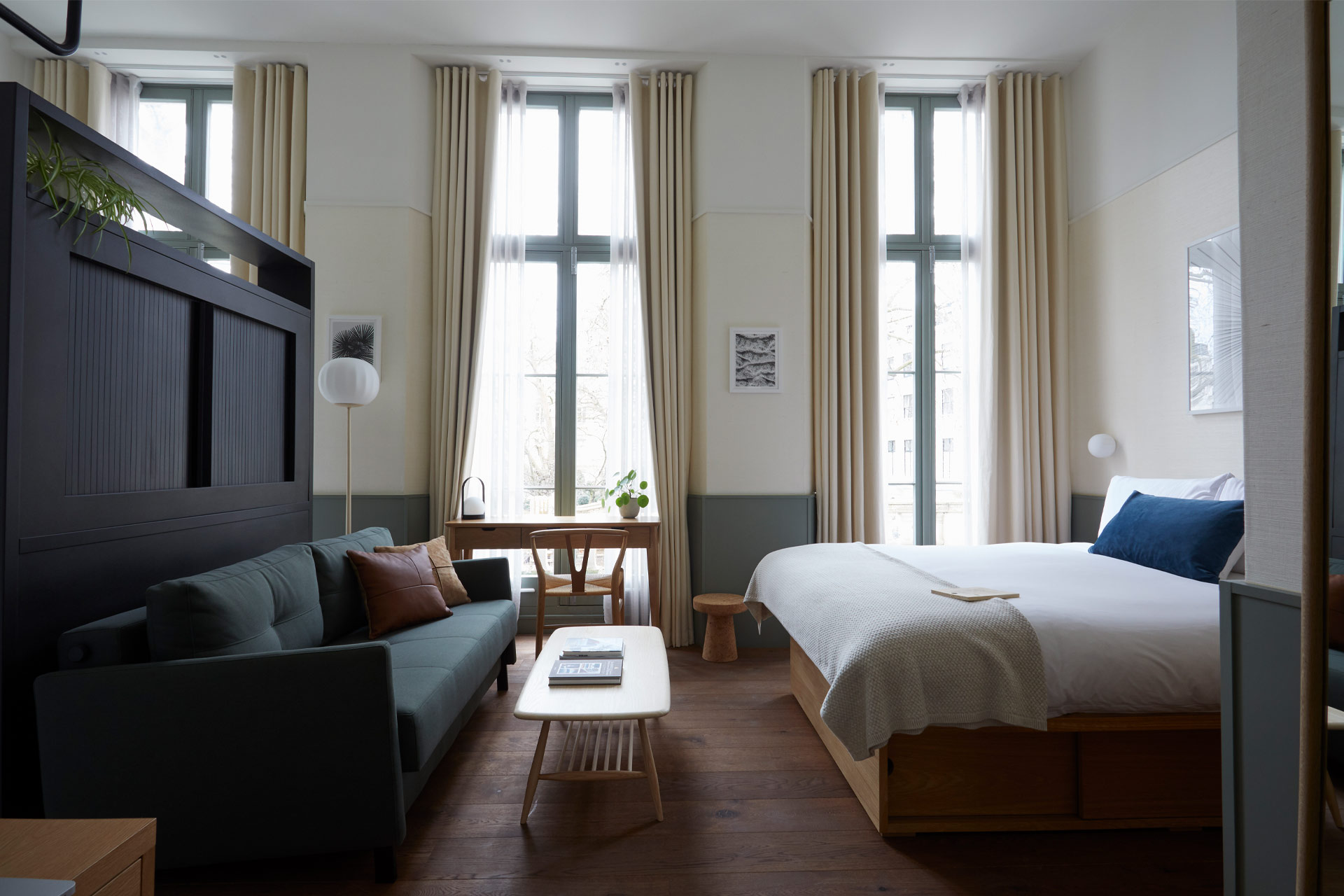
COMING SOON
And there’s so much more to come. Just as this issue of Sleeper was heading to the printers, a flurry of new openings landed in our inbox. From the international hotel groups, Canopy by Hilton will soon make its highly anticipated debut as part of a £76 million development in Aldgate, where interiors by Acme reflect the East End location. And Hyatt has unveiled the central London debut of its select service brand Hyatt Place, with Dexter Moren Associates taking the lead on the conversion of Black Lion House from an office to a hotel with 280 guestrooms and a variety of bars and restaurants.
Elsewhere, the doors are open at The Lost Poet, a private townhouse residence with four individually-designed bedrooms conceived by Cubic Studios to honour nearby Portobello Road Market. And Inhabit is soon to build on the success of its first hotel with a new addition in Paddington. A collaboration between Holland Harvey Architects, Caitlin Henderson Design and art curators Culture A, everything has been mindfully designed with a genuine commitment to environmental initiatives and meaningful community partnerships.
So despite the challenges of the past 18 months, London remains a hive of activity, keeping architects, interior designers and the supply chain busy. It’s fair to say London is still calling.
CREDITS
Words: Catherine Martin, Ben Thomas and Eleanor Howard
Headline Image: © James McDonald | Claridge’s
Related Posts
22 February 2017
London Design Week returns
17 May 2016
